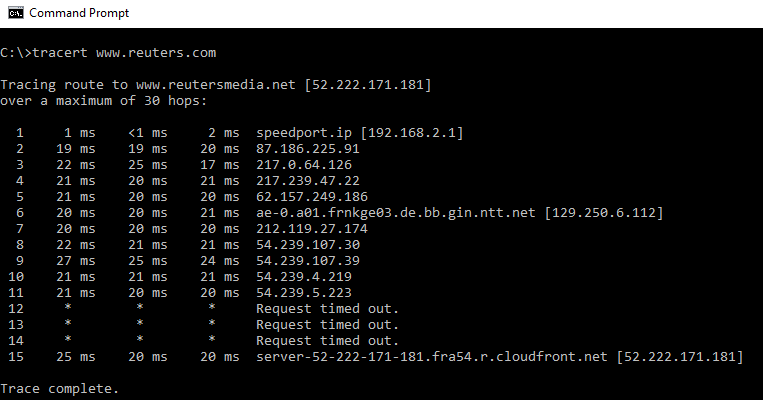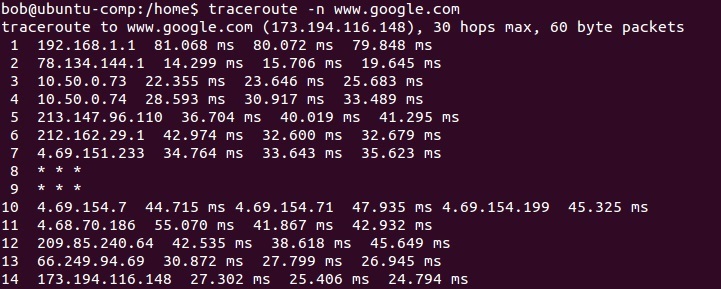
Without such control over the router, there's no way. If the router has a packet capturing feature you could use that to capture from the far side, of course there may also be alternative, similar methods (sFlow possibly).

A router decapsulates the packet and dumps the frame when it's routing. With L2 there's no way.Īfter all Layer 3 packets are encapsulated in layer 2 frames, perhaps there's a way to retain the Layer 2 headers in the opposite direction, instead of being stripped by the router somehow? 元/IP is no problem (traceroute) with hops supporting ICMP TTL exceeded. Layer 2 & 3 information all the way to 8.8.8.8 would be nice, With a managed switch you can ping it (or send just any kind of packet to its IP address) and check the router's ARP table. Using LLDP or CDP, you could just ask the router which adjacent devices it has discovered. There is no such concept in Ethernet, hence no traceroute.įor instance, I'd like to discover the MAC address of the nearest switch on the far side of a router.Ī switch doesn't necessarily have a MAC address (in the VLAN connected to the router). Longer answer: traceroute exploits IP's TTL feature.

If you’re running a Mac with an operating system older than Mac OS X, you’ll probably need to download a traceroute program such as WhatRouteĪt the prompt, type traceroute (replacing with the domain you wish to trace) and you will get the path to that hostname.But is there any way to do a traceroute that will show Layer 2 information? To Get trace route under Mac OS computer:Ĭlick on the “Network Utility” icon within the “Utilities” folder, then click on the “traceroute” tab.* You can also use other standard Unix tools such as dig. To Get the trace route under Linux/Unix, follow below instructions:.The following is a successful traceroute from a home computer in New Zealand to : This will give you a window like the one below.Įnter the word tracert, followed by a space, then the domain name.


In Windows, select Start > Programs > Accessories > Command Prompt.


 0 kommentar(er)
0 kommentar(er)
